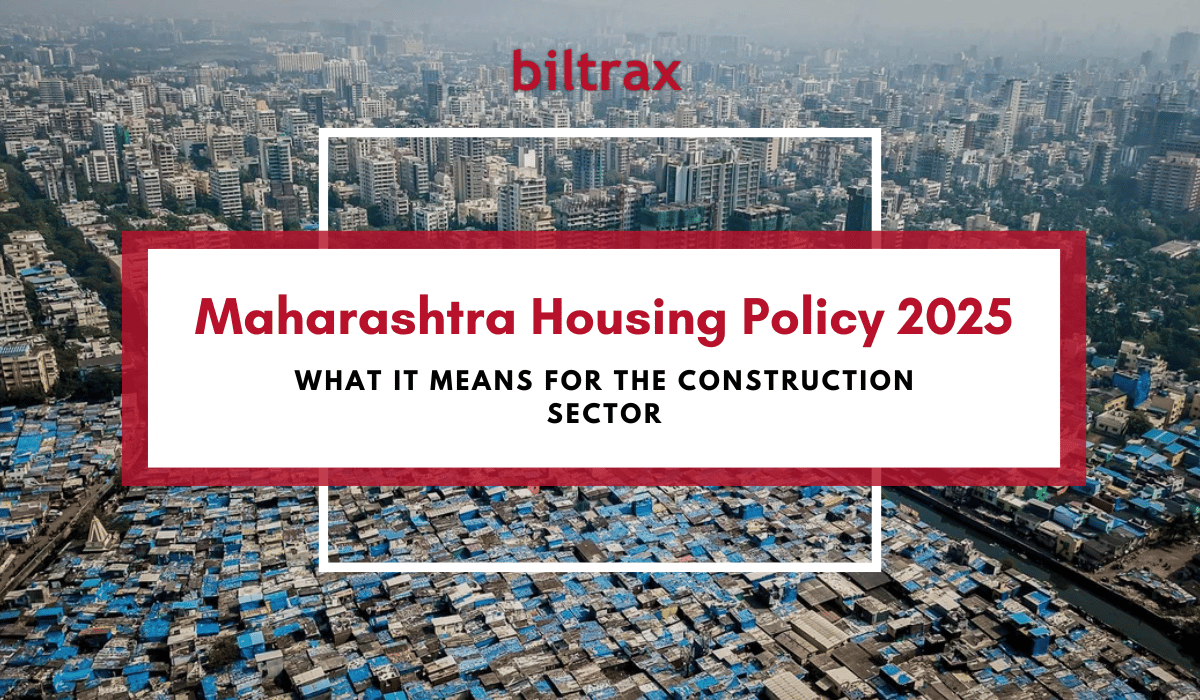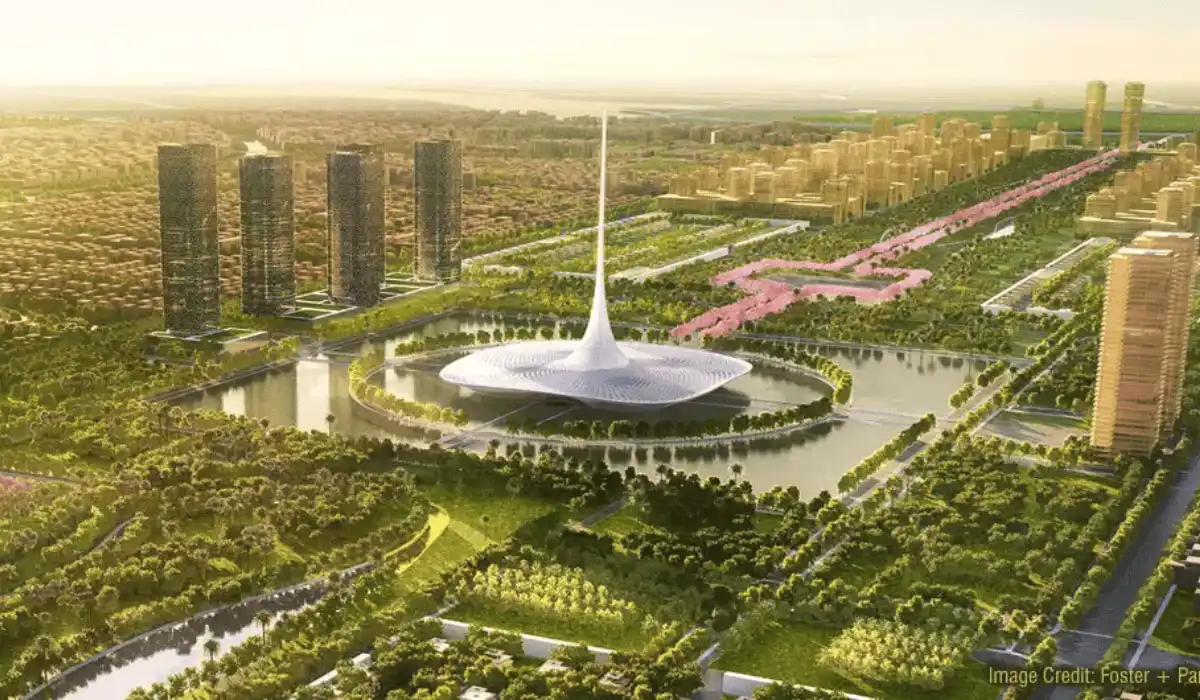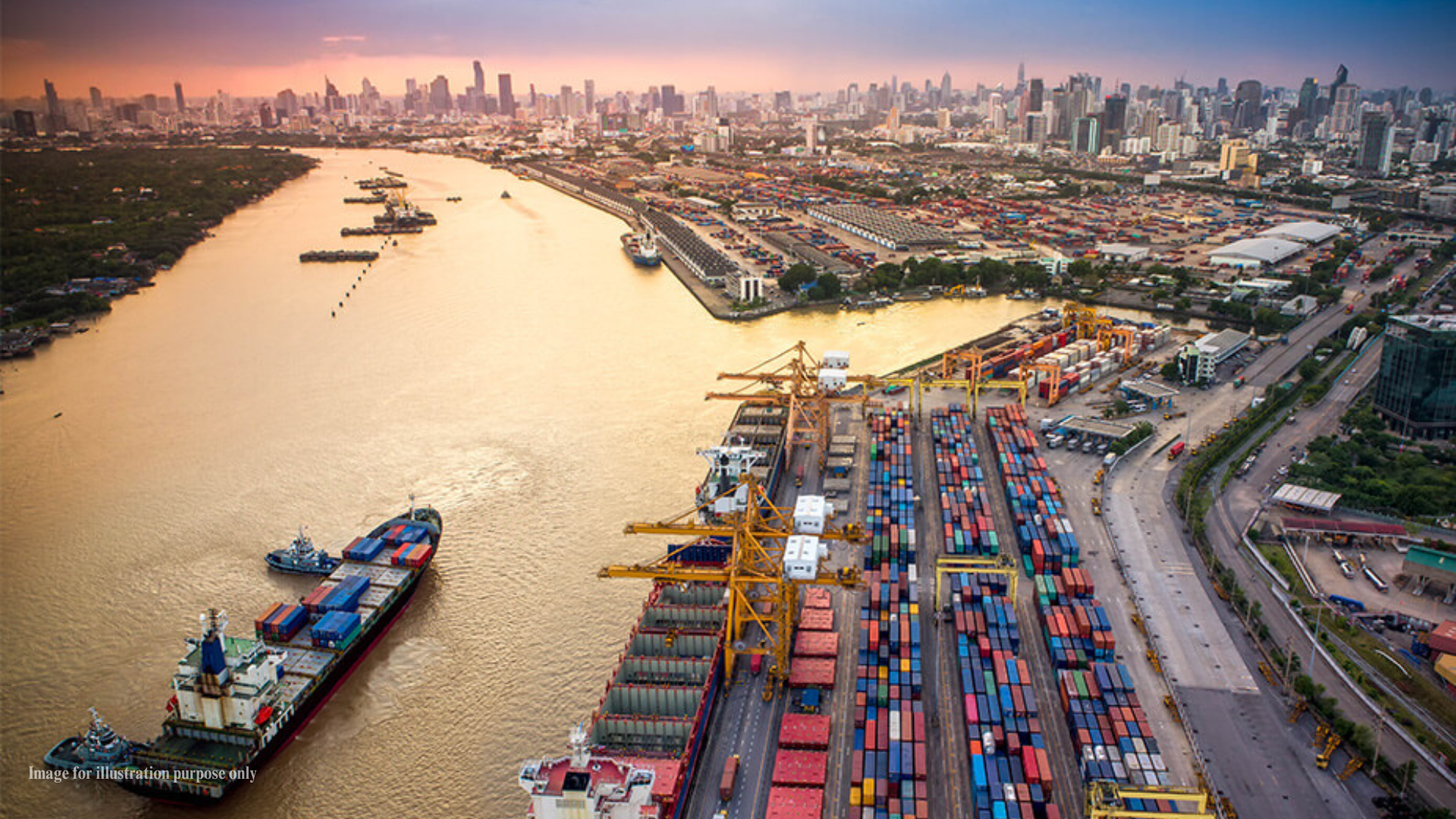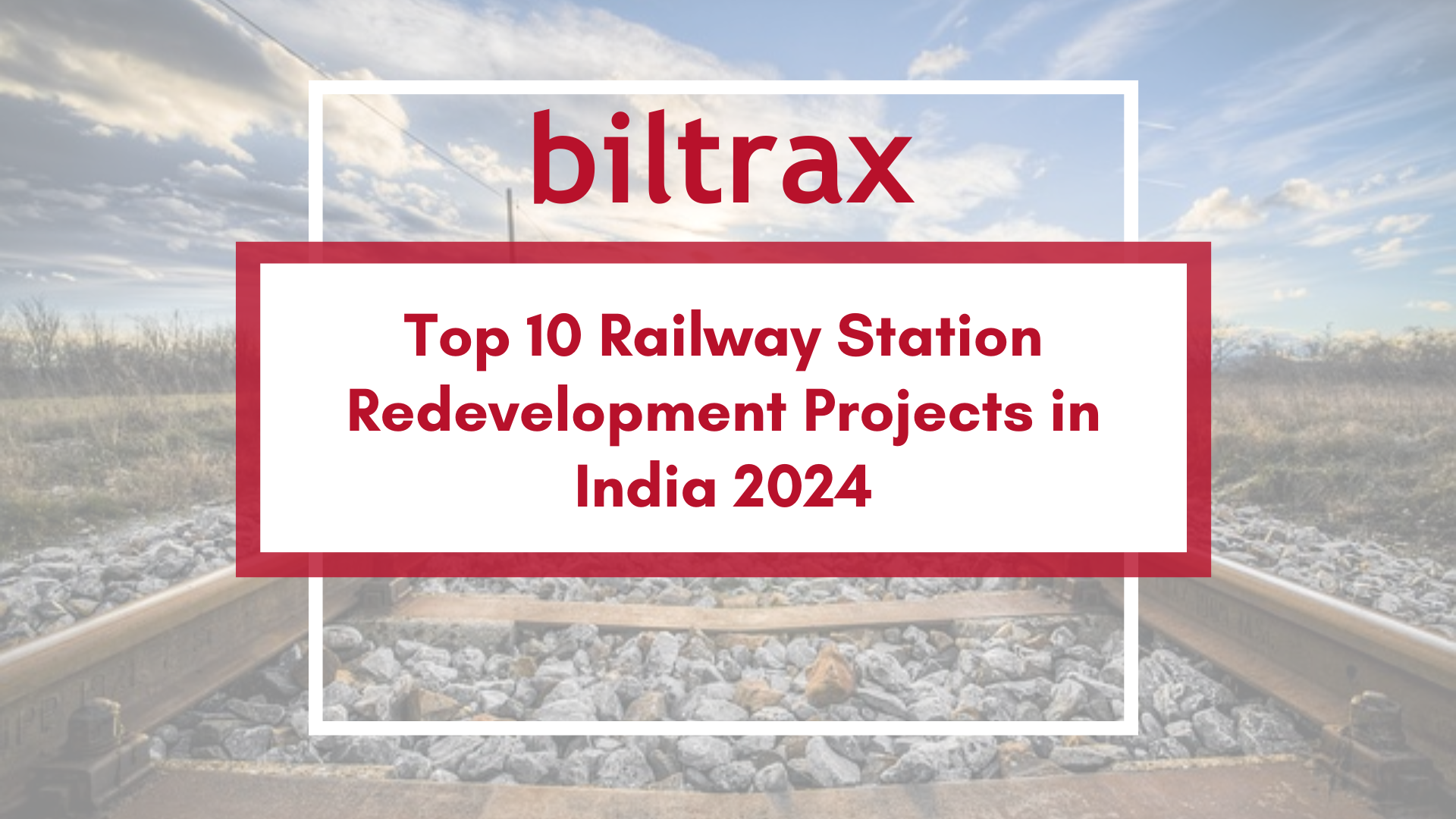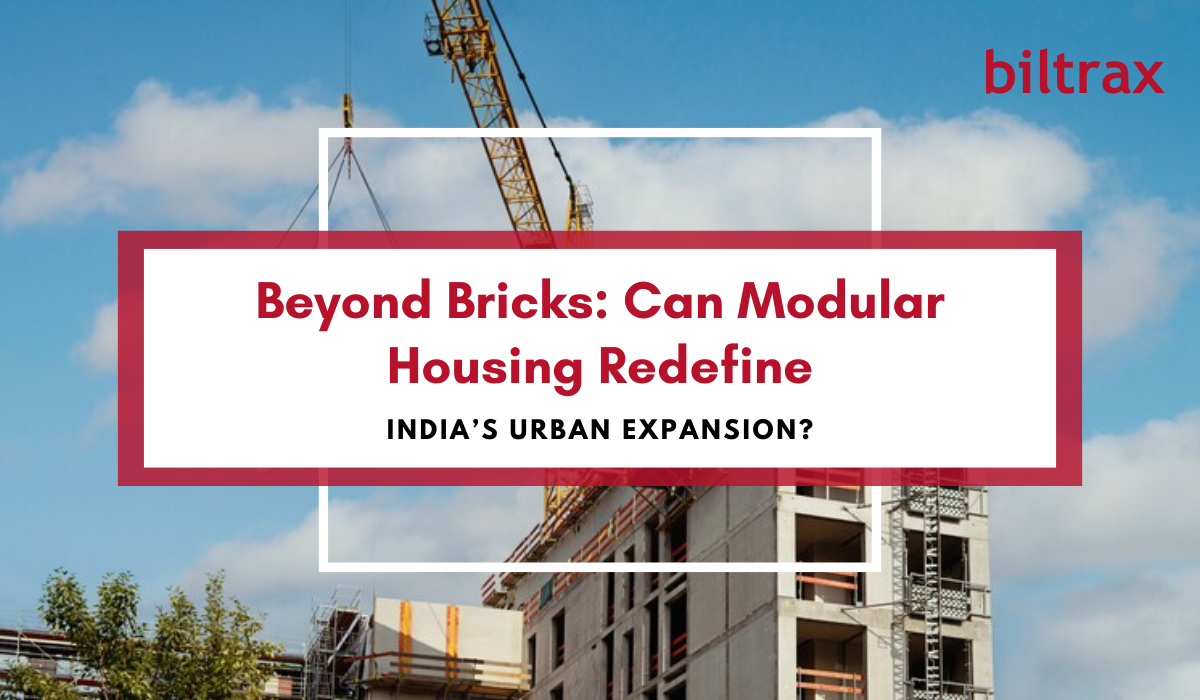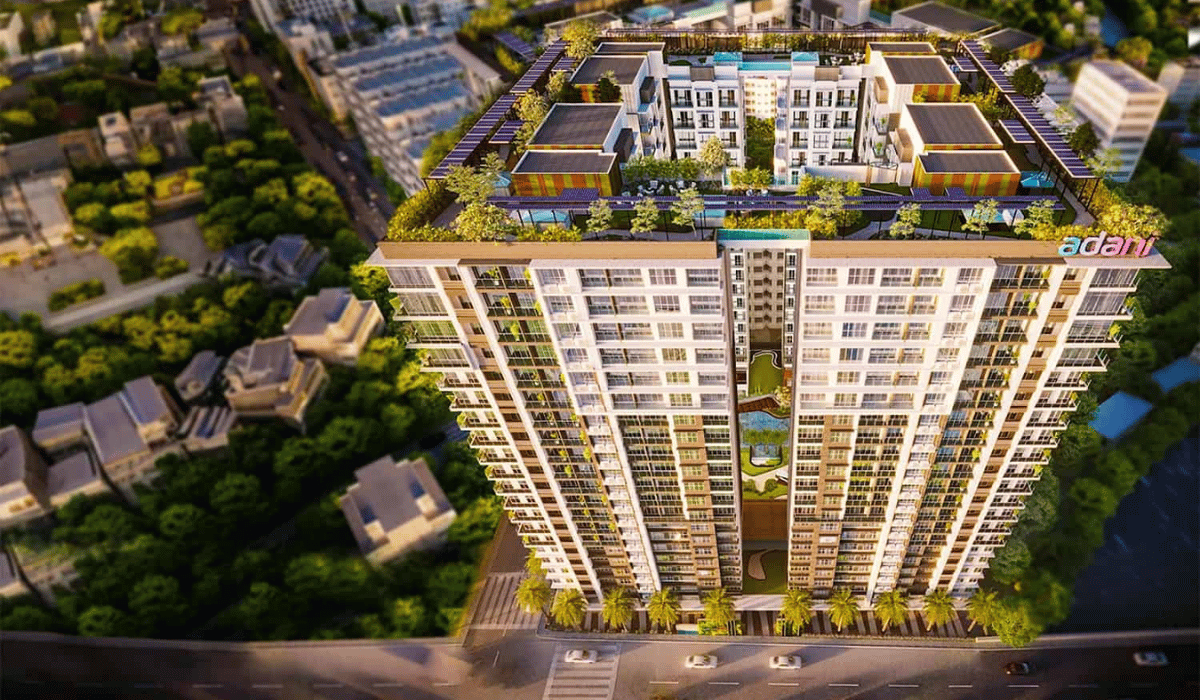In a significant move to address urban housing challenges, the Maharashtra Government, on Wednesday, July 23, formalised the ‘Maharashtra Housing Policy 2025‘. Titled “My House, My Right”, this policy outlines a multi-faceted approach for managing real estate developments across the state effectively.
The Maharashtra Housing Policy 2025 is a decisive move toward reimagining the state’s urban development framework. With a massive projected investment of 70,000 INR-Crore, this policy signals a bold attempt to improve affordability and align construction practices with sustainability goals.
Maharashtra Housing Policy 2025 Overview: What’s New?
Ambitious Targets & Financial Commitment
Under this policy, the state aims to construct 35 Lakh homes in the next five years and 50 Lakh by 2035. This makes it one of the largest housing pushes in recent Indian policy history. Furthermore, the initiative seeks to generate demand across construction, planning, and real estate development sectors.
Land Bank for Residential Use
A critical enabler of the Maharashtra Housing Policy 2025 is the planned creation of a residential-use land bank by 2026. The initiative will involve coordinated efforts from departments like Revenue, Forest, and Water Resources. These bodies will further identify and earmark land suitable for housing. This move aims to:
- Ensure timely and transparent land access for developers
- Minimize project delays due to land disputes or approvals
- Create a ready pipeline of strategic land parcels for affordable and mass housing developments
Inclusive Housing at the Core of the Maharashtra Housing Policy 2025
Unlike previous housing policies, this one places a sharp focus on diverse demographic needs. The new Maharashtra Housing Policy 2025 not only targets EWS (Economically Weaker Sections), LIG, and MIG groups, but also senior citizens, students, working women, and migrant and industrial workers. Notably, the government introduced a reduction in stamp duty to a flat rate of 1,000 INR. This will make retirement housing more accessible and attract greater private sector participation in the segment.
Slum-Free Maharashtra: The Dharavi Model
The policy adopts the Dharavi Redevelopment Model, built on a 20:80 Special Purpose Vehicle (SPV) structure. In this structure, the Slum Rehabilitation Authority (SRA) holds 20% equity. This move will further ensure better governance, equity sharing, and long-term stakeholder involvement in slum transformation.
Revival of Stalled and Incomplete Projects
The Maharashtra Housing Policy 2025 takes a targeted approach to revive stalled real estate and slum redevelopment projects. These are focused particularly in urban centers like Mumbai, Thane, and Pune. By promoting the cluster redevelopment model, the government aims to:
- Streamline project execution at scale
- Replace fragmented, plot-by-plot rehabilitation with comprehensive urban renewal
- Unlock thousands of crores in stalled investments
This will also create new opportunities for developers with experience in brownfield regeneration and public sector coordination.
Push for Self-Redevelopment: Empowering Housing Societies
Recognizing the need to accelerate redevelopment of aging buildings, the government has placed a strong emphasis on self-redevelopment. The Maharashtra Housing Policy 2025 earmarks nearly 2,000 INR-Crore and proposes a dedicated support cell to assist cooperative housing societies. This body will offer:
- Assistance in planning and layout approvals
- Guidance for selecting developers or contractors
- Help in securing project finance
According to CREDAI-MCHI, over 25,000 buildings in the MMR are eligible for redevelopment, with an estimated project value of over 30,000 INR-Crore. Moreover, this initiative decentralizes redevelopment, putting power back in the hands of homeowners.
Affordable Housing Demand Survey
To better align supply with actual demand, the policy proposes a statewide housing demand survey. This will be conducted across all districts to assess current and future needs, particularly in the post-COVID era, where:
- Household preferences have shifted (e.g., demand for home offices, larger living spaces)
- Migration patterns have altered housing demand in Tier 2 and Tier 3 cities
The survey’s findings will inform future planning, land allocation, and financing priorities. This will further make the Maharashtra Housing Policy 2025 data-driven and responsive.
How the Construction Sector will transform through Maharashtra Housing Policy 2025
1. Push for Redevelopment and Brownfield Projects
Maharashtra’s dense urban centers (especially Mumbai, Thane, Pune) will see a surge in cluster redevelopment and self-redevelopment projects. These are being incentivized with:
- Higher FSI (up to 2.5)
- Stamp duty exemptions
- Single-window clearance systems
For contractors and builders who specialize in urban regeneration, this is a timely opportunity to scale operations.
2. Public-Private Partnerships (PPP)
PPP is at the heart of the policy’s delivery mechanism. Developers can partner with state authorities to:
- Build affordable housing near strategic corridors such as the Samruddhi Highway and Delhi-Mumbai Industrial Corridor (DMIC)
- Take part in slum rehabilitation projects with guaranteed equity and voting rights in SPVs
This structure offers developers more control and predictability over long-gestation projects.
3. Industrial Housing: Walk-to-Work Integration
The Maharashtra Housing Policy 2025 mandates that 10–30% of land in MIDC zones be earmarked for worker housing. This opens up:
- Demand for modular and prefabricated construction
- Scope for integrated townships that mix industrial, residential, and educational zones
Such models improve workforce productivity and reduce urban sprawl.
3. Financial Incentives to Accelerate Adoption
The policy includes several financial and regulatory incentives. These are designed to reduce overall project costs and boost margins:
- 1% GST rate for affordable housing
- Permission for 10% commercial FSI usage
- Property tax exemptions for up to 10 years for certain housing typologies
- Expansion of the MahaAwas Fund to 20,000 INR-Crore, aimed at easing housing finance, particularly for low-income buyers
These benefits also improve project bankability, attracting more interest from financial institutions and NBFCs.
What This Means for Industry Stakeholders
| Stakeholder Type | Opportunity Area |
| Real Estate Developers | Redevelopment, PPP housing, MIDC worker housing |
| Construction Firms | Slum rehab, cluster redevelopment, green building |
| Material Manufacturers | Eco-friendly products, modular systems, smart tech |
| Urban Planners | Integrated township design, transit-oriented housing |
| Financial Institutions | Affordable housing finance, ECB, PSL lending |
Conclusion: More than Just Housing
The Maharashtra Housing Policy 2025 is not merely a housing plan; it’s a comprehensive strategy to redefine urban development across the state. By prioritizing inclusivity, sustainability, and private sector collaboration, it sets the stage for a decade-long construction boom that can potentially become a model for other Indian states.
For builders, investors, planners, and material providers, now is the time to align capabilities with the state’s policy direction. The next ten years are not just about housing units—they’re about reshaping how and where people live in Maharashtra.
Also Read:
Top 10 Upcoming Mega Projects in India
Smart Buildings 2025: Trends, Technologies, and their Impact on Construction
“Adani Panvel”: A Mega Urban Vision in Navi Mumbai
References:
Maharashtra Housing Policy 2025: Key Highlights as Stamp Duty Slashed and Slum Redevelopment Boosted
Maharashtra Housing Policy 2025 formally approved: 5 things you should know – Hindustan Times

Biltrax Construction Data is tracking 36,000+ projects on their technology platform for their clients.
Get exclusive access to upcoming projects in India with actionable insights. Gain a further competitive advantage for your products in the Indian Construction Market.
Visit www.biltrax.com or email us at contact@biltrax.com to become a subscriber and generate leads.
Disclaimer: The information herein is based upon information obtained in good faith from sources believed to be reliable. All such information and opinions can be subject to change. Furthermore, the image featured in this article is for representation purposes only. It does not in any way represent the project. If you wish to remove or edit the article, please email editor@biltrax.com.
Discover more from Biltrax Media, A Biltrax Group venture
Subscribe to get the latest posts sent to your email.




